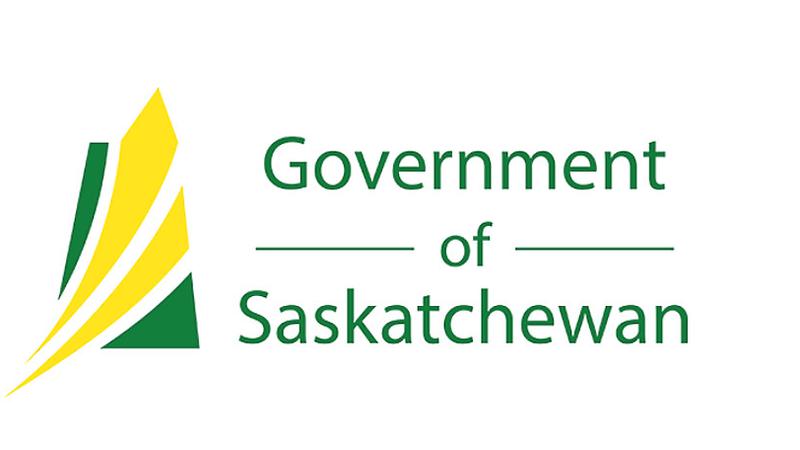Saskatchewan's Climate Plans
Saskatchewan’s approach to climate action is framed around balancing its strong resource-based economy with the need to reduce greenhouse gas (GHG) emissions. The province’s comprehensive Prairie Resilience: A Made-in-Saskatchewan Climate Change Strategy is the foundation of its climate initiatives, focusing on boosting renewable energy, deploying carbon capture, utilization, and storage (CCUS) technology, and building resilience to the impacts of climate change. Saskatchewan’s plan is tailored to meet the federal government’s targets for 2030 and beyond while addressing the province’s unique economic and environmental context. Here’s a look at the key initiatives Saskatchewan has implemented, its accomplishments, and how the community is actively participating.
Key Initiatives under the Saskatchewan Plan
1. Prairie Resilience: Saskatchewan’s Climate Change Strategy
The Prairie Resilience Strategy, introduced in 2017, provides a flexible framework that allows Saskatchewan to address climate challenges while ensuring economic growth and competitiveness. The strategy prioritizes emissions reduction, resilience building, and economic sustainability. Unlike a carbon tax, which Saskatchewan opposes, the province’s strategy focuses on sector-specific regulations and encourages innovation in emission-reducing technologies.
Key Focus Areas:
Resilience Building: The strategy emphasizes improving infrastructure and natural systems to better adapt to climate risks such as floods, droughts, and extreme weather events. This includes working with agricultural communities to enhance soil management and water conservation practices.
Reducing Industrial Emissions: The strategy mandates that large emitters (such as oil, gas, and power generation) reduce their emissions through performance-based standards. The government introduced Output-Based Performance Standards (OBPS) to regulate emissions intensity while encouraging efficiency improvements.
Community Participation:
Saskatchewan’s approach is built on collaboration with industries, communities, and Indigenous groups. Local governments and businesses have been key partners in adopting climate resilience strategies, from water management programs in rural areas to energy efficiency projects in urban settings.
2. Carbon Capture, Utilization, and Storage (CCUS)
Saskatchewan is a global leader in Carbon Capture, Utilization, and Storage (CCUS) technology. CCUS is central to the province’s strategy for reducing emissions from fossil fuel-based power generation and heavy industry.
Key CCUS Projects:
Boundary Dam CCS Project: The Boundary Dam Power Station near Estevan, Saskatchewan, is home to one of the world’s first and largest commercial-scale CCUS projects. This project captures up to 90% of the CO2 emitted by the power plant’s Unit 3, preventing millions of tonnes of CO2 from being released into the atmosphere. Since it began operating in 2014, it has captured over 4 million tonnes of CO2.
SaskPower’s Shand Power Station: Another important CCUS project in Saskatchewan is the Shand Power Station, where the province is studying how CCUS technology can be expanded to reduce emissions in other industrial sectors. These projects not only reduce GHG emissions but also contribute to enhanced oil recovery (EOR) in oil fields, turning CO2 into a valuable commodity.
Accomplishments:
The Boundary Dam project has garnered international recognition for its pioneering efforts in CCUS technology. It is widely considered a successful model for other regions looking to reduce emissions from coal-fired power plants while maintaining energy security.
Community Participation:
Many local communities have embraced CCUS, recognizing the economic benefits of keeping industries in the region competitive while reducing their environmental impact. The implementation of CCUS has also provided high-skilled jobs in engineering, construction, and operations for local residents. There has been a growing sense of pride in Saskatchewan’s leadership in this space.
3. Renewable Energy Expansion
Saskatchewan is making significant strides in expanding renewable energy, particularly wind and solar power, to reduce its reliance on fossil fuels and lower its carbon footprint.
Key Renewable Energy Projects:
Wind Power: Saskatchewan’s geography offers strong potential for wind energy. The province is home to several large-scale wind farms, including the Chaplin Wind Energy Project and the Golden South Wind Energy Facility. These projects contribute significant amounts of renewable energy to Saskatchewan’s grid, helping the province move closer to its target of generating 50% of its electricity from renewable sources by 2030.
Solar Power: The province has also begun investing in solar energy. Projects like the Highfield Solar Project near Swift Current are part of Saskatchewan’s commitment to diversify its energy mix. SaskPower, the provincial utility, has created programs to encourage homeowners, businesses, and communities to install their own solar panels through incentives and rebates.
Hydropower: In addition to wind and solar, Saskatchewan is working to expand its hydropower capacity, with initiatives to enhance the efficiency of existing facilities along the province’s river systems.
Accomplishments:
Saskatchewan is on track to meet its 2030 goal of producing 50% of its electricity from renewable sources. By the end of 2022, the province had added more than 800 megawatts of wind power to its energy grid, making wind energy a significant contributor to its overall power generation capacity.
Community Participation:
Many Saskatchewan residents are actively participating in the shift toward renewable energy by taking advantage of SaskPower’s Net Metering Program, which allows individuals and businesses to generate their own renewable energy and sell excess power back to the grid. Community-based renewable energy projects are also growing in popularity, with rural municipalities and Indigenous groups participating in the planning and construction of wind and solar farms.
4. Methane Emission Reduction
Saskatchewan has implemented a strong focus on reducing methane emissions, especially in the oil and gas sector. Methane is a potent greenhouse gas, and controlling its release is crucial to achieving the province’s emission reduction goals.
Methane Reduction Strategy:
Regulations: Saskatchewan has introduced methane emission regulations that require the oil and gas industry to adopt leak detection and repair (LDAR) programs and use updated technology to reduce methane leaks. The province’s goal is to reduce methane emissions by 40-45% by 2025 compared to 2015 levels.
Partnerships with Industry: Saskatchewan’s oil and gas companies are actively involved in developing and deploying methane reduction technologies, such as vapor recovery units and improved flaring practices, to capture and reuse methane.
Accomplishments:
The province has made significant progress toward meeting its 2025 methane reduction goals, with many oil and gas companies adopting new technologies and practices that significantly reduce methane emissions.
Community Participation:
The methane reduction initiative is closely tied to Saskatchewan’s energy sector, and local communities, especially those in oil-producing regions, are seeing the benefits. These efforts have helped reduce air pollution, improve environmental health, and sustain jobs in rural communities reliant on oil and gas production.
5. Agriculture and Soil Management Initiatives
Agriculture is a key part of Saskatchewan’s economy, and the province is working with farmers to reduce GHG emissions through improved soil management practices and the adoption of climate-smart agriculture. Farmers are encouraged to use zero-tillage practices, which preserve soil carbon, reduce soil erosion, and improve water retention. The province also promotes the use of cover crops and crop rotation to improve soil health and resilience.
Accomplishments:
Saskatchewan’s farmers have been leaders in adopting no-till farming, with the province becoming a world leader in conservation agriculture. As of 2022, more than 90% of Saskatchewan’s cropland is managed using no-till practices, which have helped sequester significant amounts of carbon in the soil.
Community Participation:
Farmers and ranchers across Saskatchewan have embraced these practices, contributing to both emissions reductions and improved crop yields. Many are working with organizations like Saskatchewan Soil Conservation Association (SSCA) to learn about the latest advancements in soil health and carbon sequestration.
The ZenithNet-Zero team includes experts who can guide you and your company in understanding your net-zero needs and achieving your sustainability goals
Questions?
If you can’t find the answer you’re looking for, feel free to write to us. Help us make this blog a rich source of environmental insights and news.




